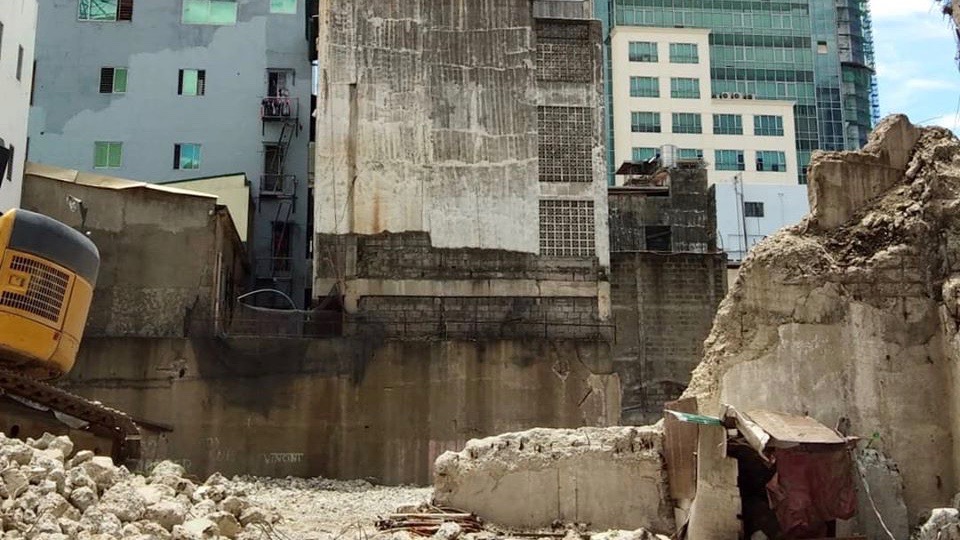What used to be one of Manila’s top architectural and entertainment landmarks is now nothing but a pile of debris after being fully demolished to make way for a new building.
After news of its demolition surfaced in 2017, the pre-war art deco building Capitol Theater located in Escolta has now officially been torn to the ground—even if it was earlier said that parts of its façade will be preserved.
Previously approved by the National Commission for Culture and the Arts, National Historical Historical Commission of the Philippines and National Museum as required by the Philippine Heritage Act of 2009, the order for Capitol Theater’s demolition included an instruction to the property’s developer to preserve the building’s façade, including the bas-relief sculpture of two Filipinas which was made by renowned Italian expatriate sculptor Francesco Monti.
[READ: Is this goodbye to Escolta’s Capitol Theater?]
Built in the 1930s, the 800-seater theater was designed by the first National Artist for Architecture, Juan Nakpil. Its double-balcony interior was regarded as a feature ahead of its time and received adoration while it stood on Manila’s primary commercial district during the pre-war era.
Its first main attraction was the collaborative mural between Galo B. Ocampo, Victorio Edades and Carlos “Botong” V. Francisco titled “The Rising New Philippines.” The trio are among the first Filipino modernists, and Edades and Francisco have also been recognized as National Artists. However, this artwork was destroyed during World War II along with the theater’s art deco interiors.
After the war, Capitol Theater was renovated and steadily resumed its operations until it closed down due to the decline of movie watchers in standalone theaters as mall movie theaters began to rise decades ago.
Header photo by Pancho Karambola
Get more stories like this by subscribing to our weekly newsletter here.
Read more:
NHCP allows partial demolition of old Hospicio de San Jose building in Binondo
Four heritage sites that need to pull a Met
Contemporary art finds a home in heritage park Las Casas de Filipinas de Acuzar
Writer: YANN MAGCAMIT




